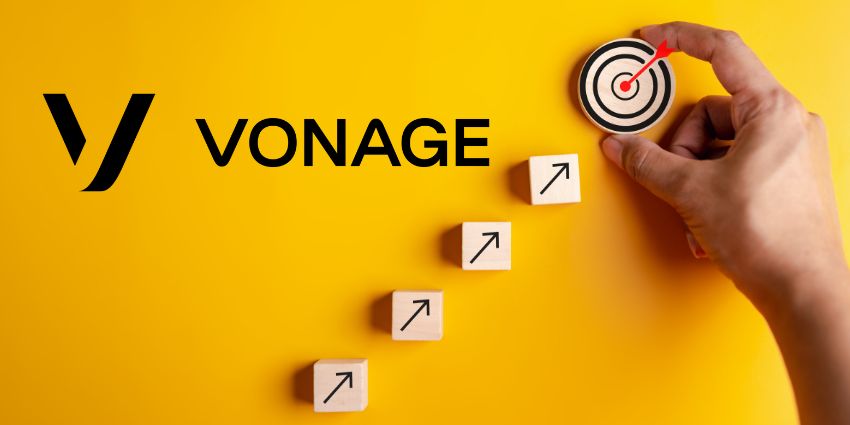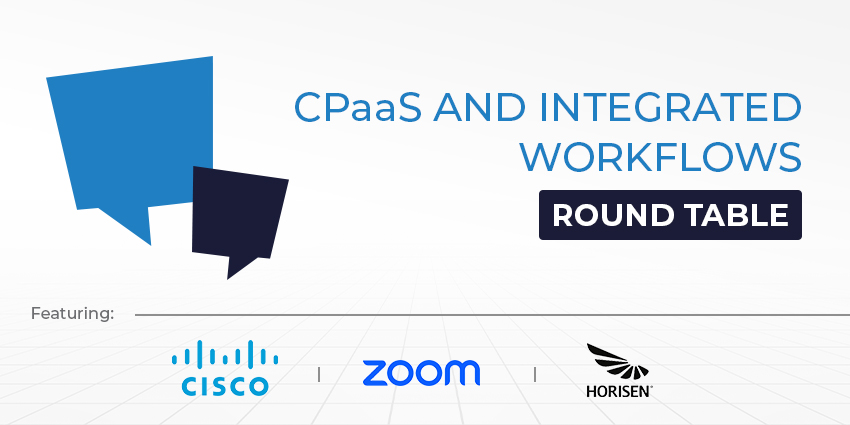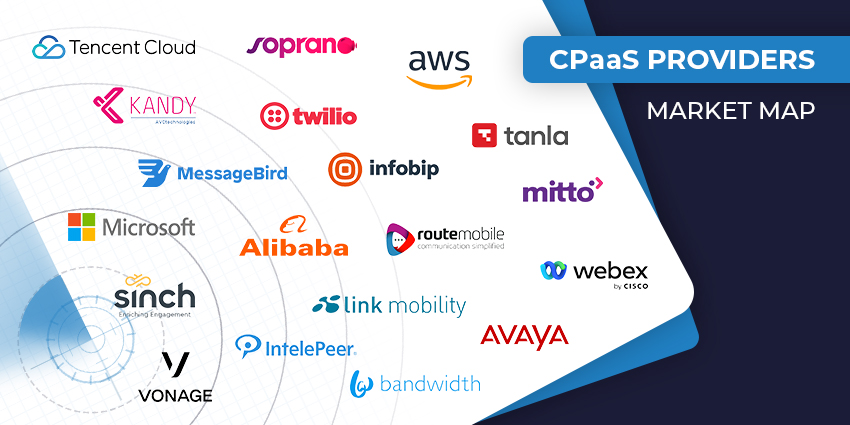Cloud communications firm Vonage has launched AI-powered features for its Video API, catering for audio, media processing and end-to-end encryption security.
The AI capabilities can be embedded into customers’ existing applications for real-time connections and more innovative video interactions.
According to Vonage, the firm intends to ‘leverage technology in their digital transformation journeys to accommodate growing consumer expectations to engage on their channels of choice’.
Amitha Pulijala, VP of Product, Platform & Video for Vonage, stated: “With the addition of these compliance and AI tools, the Vonage Video API can unlock unique value for our customers, helping them to make the kind of more intelligent, bespoke connections that increase trust and drive long-lasting customer loyalty.
“Driving more intelligent interactions with AI allows us to deliver innovative video capabilities to our customers. The Vonage Video API continues to stand out in the market as an easy, accessible and secure way to deliver enhanced customer engagements that our customers seek.”
Two examples of the new capabilities are the audio connection and media processor.
The audio connection can connect natively to any AI service provider to process and analyse audio streams from live video sessions. This includes speech recognition and other purpose-built engines that provide live closed captioning, automated transcripts, translation, electronic health records (EHR), indexing, and media intelligence.
The media processor can help apply machine learning transformers to real-time video to block, highlight or track specific video and audio elements, such as blur and background filters, focus on the speaker and noise suppression, increasing customer attention and engagement by minimising distraction and the sharing of personal information, for example, location and setting.
Media processor cloud-based services can also be enabled for users on web and mobile browsers and natively on mobile devices. However, media processor is currently in beta.
At the UC Summit 202, Senior Director for Product Management Leon Frankel spoke to UC Today excitedly about the future of AI for Vonage; he explained: “Our mission is to enable next-generation communications that are a flexible, intelligent person and enable businesses, their employees and agents to experience collaboration engagement everywhere.”
Vonage has been tweaking its roadmap and organised its strategy holistically; for instance, with its VBC and VCC offerings last year, it upgraded its UCaaS and CCaaS video platforms so users can change and escalate calls to a video meeting with one click.
Frankel commented: “It’s essential to look at Vonage as a whole and our vision when we put our roadmap together.”
The firm has responded to its annual research program. The 11th Annual Global Customer Engagement Report showed evidence that less than half — 45 percent — of the consumers polled stated they were “very satisfied” with the 11th Annual Global Customer Engagement Report showed evidence that less than half — 45 percent — of the consumers surveyed said they were “very satisfied” with connection to companies. Vonage sees this as a gateway to digital opportunities to help deal with customer grievances and purchasing preferences and provide regional insights to companies.
Joy Corso, Chief Marketing Officer for Vonage, stated: “Many businesses are still not using the communications channels made available by today’s technology to their full potential and are missing out on opportunities to make real connections with customers and drive customer engagement.
“This is where AI tools can help and surface as underused technology.”
Another feature added to the Vonage Video API is end-to-end encryption, a security feature for connecting large numbers of participants with programmable video. A unique selling point is that it scales to multiple apps across the media path from the client to the client without being accessible by other servers.
The feature also addresses security concerns of current multi-party applications. With stringent security and privacy laws, it enables customer authentication and compliance, including customers in healthcare, financial services, and EU deployments.







